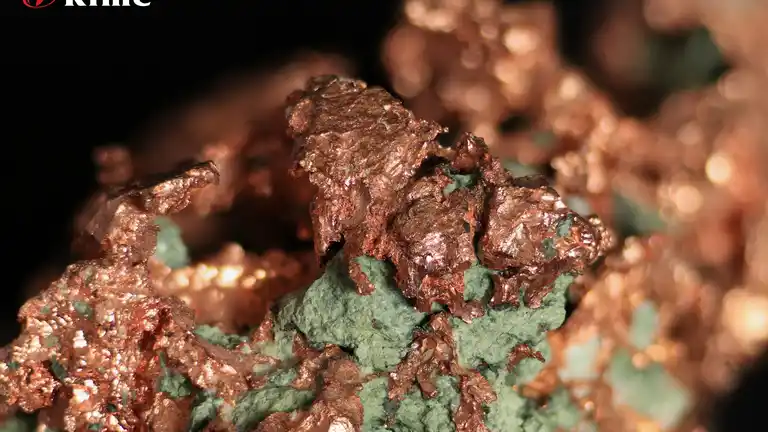Copper
Copper is one of the metals that have been known to the mankind for over 10,000 years. It is a metal that occurs in nature in its pure (solid) form. Due to its red, metallic shining colour it was discovered very early.

Mining
Copper is an element that is often found in the earth's crust. It can be found in ores, minerals and also solid in elemental form. There are copper mines worldwide, a due to the enormous demand for the industry.
Copper as alloying element
Copper is only added as an alloying element in a few steel grades. In low and unalloyed steels it effectively increases weather resistance. In high-alloyed, acid-resistant steels, the addition of more than 1% of the element provides improved resistance to hydrochloric and sulphuric acids.
Usage
Because of the softness of the metal, it can be easily formed by hammering. This is why copper very quickly became a popular material for jewellery. Along with gold and silver, copper was one of the metals that was processed into plate metal very early on.
Copper is a very good conductor of electricity and heat. These properties make this metal essential for the industry. Especially in electronics it is indispensable and can be found in practically every electrical device. In chemistry, copper compounds are of great importance. Copper sulphate is very well known as a chemical catalyst, which is added in swimming pools as an algae protection agent. Copper sulphate is also used as a plant protection agent against fungal attack. Copper sheet can be used as a material for roof plates in the construction industry.
Copper has the characteristic to corrode over the course of several decades. This results in a thin patina which takes on a green colour as it ages. Chemically, it reacts with the oxygen in the air and the minerals and water from precipitation. In the process, a mineral called malachite is formed, that also occurs in natural deposits. Malachite has a green to green-blue colour and gives roofs their typical appearance.
The Statue of Liberty in New York was made by French artists and consists of more than 80 tons of copper. It survived the long journey across the Atlantic well and has been defying the salty sea air since 1886. The natural green patina protects it from corrosion.
The influence of copper on the mechanical properties of steel:
| Property | Influence | Degree |
|---|---|---|
| Rust resistance | Improvement | + 1 |
| Hardness | Improvement | + 1 |
| Strength | Improvement | + 1 |
| Yield strength | Improvement | + 2 |
| Elasticity | no bearing | 0 |
| Heat resistance | Improvement | 0 |
| Carbide formation | no bearing | 0 |
| Wear resistance | no bearing | 0 |
| Nitratability | no bearing | 0 |
| Strain | no bearing | 0 |
| Reduction of area | no bearing | 0 |
| Notched Impact Strength | no bearing | 0 |
| Forgeability | Decrease | - 3 |
| Scaling | no bearing | 0 |
| Machinability | no bearing | 0 |
See also
BRINAR
BRINAR is a wear-resistant steel which is used in mechanically highly stressed areas.
Read moreConstruction Steel
Construction steel has excellent mechanical properties and can be processed very well.
Read moreCreusabro
CREUSABRO is a hard steel that can withstand heavy mechanical stress. Here you can find more information!
Read more